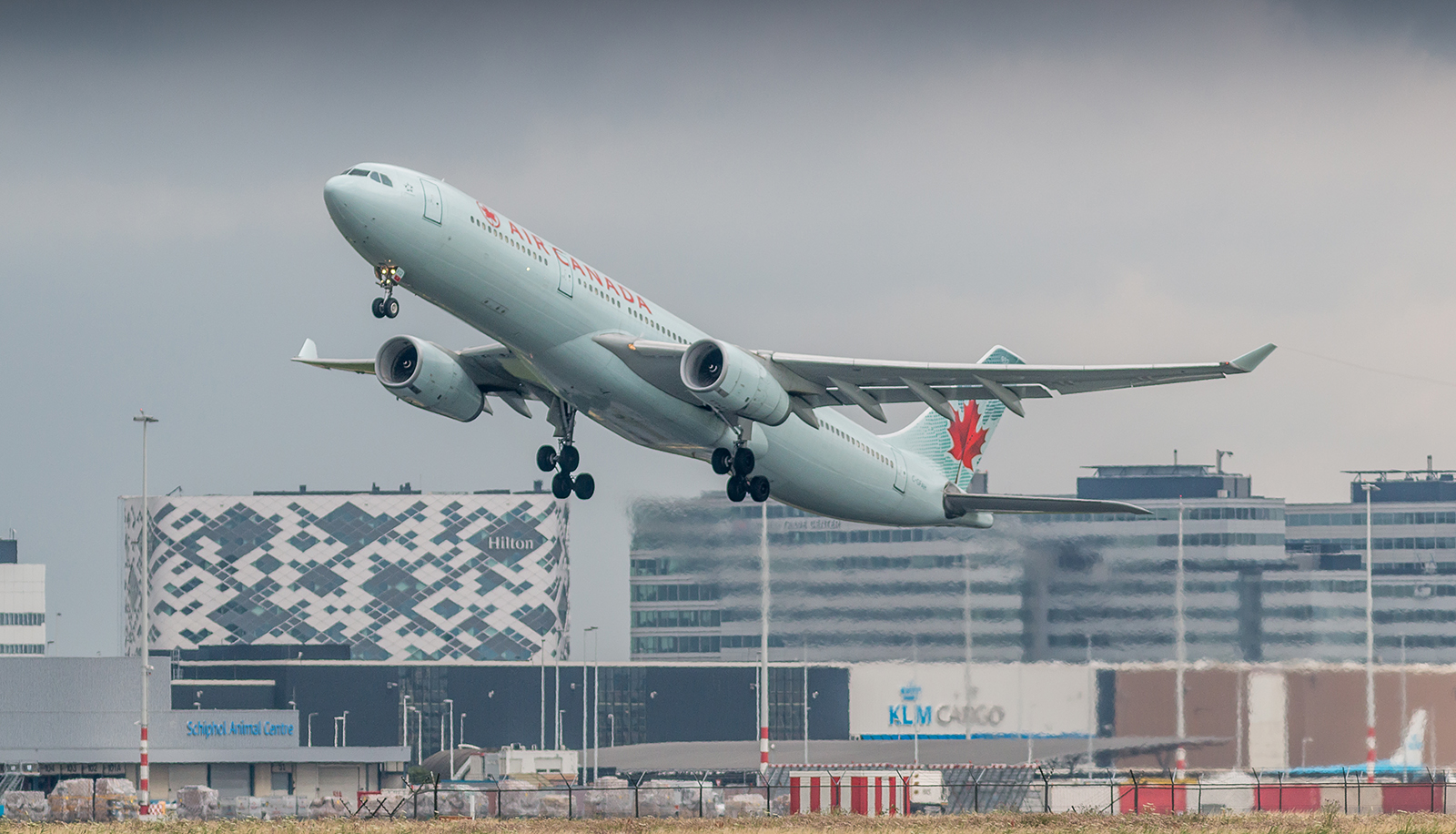Look up to the sky on a clear day and you can’t miss them: sensors, many of them flying at high velocity and kilometers height. Long contrails postmark their exact location.
Using aircraft as weather sensors is a recent development in air traffic management and meteorological research. (Photo: Wikimedia Commons)
Delft researchers from the faculty of Aerospace Engineering use airplanes as sensors to obtain temperature and wind measurements. They put an antenna on the roof of their faculty building and developed a technique to decode signals that aircraft send to air traffic control. They published their findings last week in ‘PLOS One’. Their article is entitled: Weather field reconstruction using aircraft surveillance data and a novel meteo-particle model.
Using aircraft as weather sensors is a recent development in air traffic management and meteorological research. Traditionally, aircraft obtain weather updates from Air Traffic Services, which they use to optimise their trajectory and speed, to best adapt to wind conditions and to avoid areas of extreme conditions. These meteorological updates mostly come from ground-based observations such as radar surveillance or weather observation stations, or from forecast systems. But in addition to this, local meteorological conditions are also computed by the aircraft, using observations from on-board sensors.
A real-time model that generates temperature and wind fields
The Delft researchers tapped into two systems called Automatic Dependent Surveillance – Broadcast (ADS-B) and Mode-S Enhanced Surveillance (EHS). Airplanes use these systems to send information such as their barometric altitude (which can be used to calculate air pressure) and their air speed (their speed in relation to the wind) to air traffic control.
“Pressure altitude and air speed lets us deduce the temperature and air speed and ground speed lets us deduce the wind,” says one of the authors, Dr Joost Ellerbroek of the Control and Simulation section. “The result of the study is a fast, real-time model that can generate temperature and wind fields at high accuracy and that is robust against measurement errors. The initial goal of our project was to retrieve data that we could use to investigate airplane performance. But the data are also valuable for other applications such as aircraft trajectory prediction, and for meteorologists.”
Weather field reconstruction using aircraft surveillance data and a novel meteo-particle model, Junzi Sun, Huy Vû, Joost Ellerbroek, and Jacco M. Hoekstra (all TU Delft). https://doi.org/10.1371/journal.pone.0205029
Do you have a question or comment about this article?
tomas.vandijk@tudelft.nl


Comments are closed.